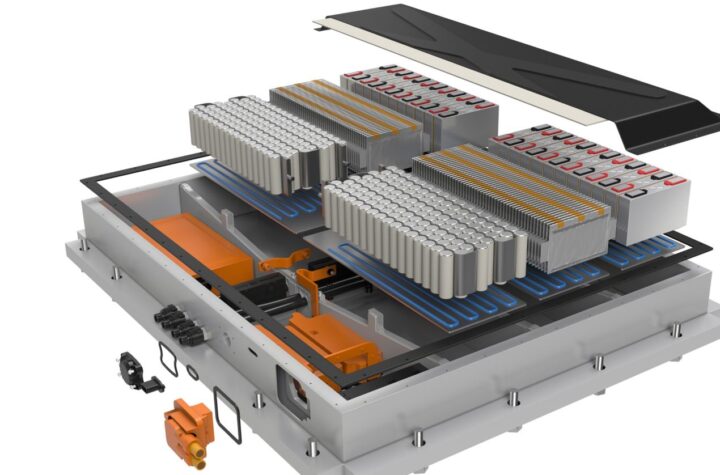
The first two papers outlined the difficult environment for fuel systems, with Ralf Grunbaum of Volkswagen describing the legal, environmental and customer requirements for fuel systems. The main influences on the Passat fuel system were described as mechanical wear, system temperatures, refuel ability, electrical discharge, ventilation, fuel supply, pressure, safety, environmental legislation (affecting emissions) and fuel composition. Current plastics used were HDPE, PA and POM, which of course raises the issues of joining different materials. Intertek Caleb Brett followed up with an outline of global variations in fuel composition.
ITT Industries has worked on new materials for fuel lines to raise permeability levels and high temperature resistance. Materials being tested include polyamide 12, PBT and the fluoroplastics ETFE and PVDF. Phil Spencer of Asahi Glass also described the combination of ETFE and polyamide 12 in fuel lines. Dow Corning presented new fluorosilicones for hose. DuPont gave a paper on new peroxide-cured fluoroelastomers.
Polykemi introduced a new nylon nanocomposite for injection/blow moulding fuel tanks, with the advantage of single material for recyclability. Matrix Polymers described a new rotational moulding technology to meet new legislation on fuel permeation. Professor Mallick from the University of Michigan-Dearborn described tensile and creep behaviour of a blow-moulded multilayered fuel tank.
Jim Doty of Solvay Advanced Polymers talked about innovative plastics for fuel systems to meet the increasing demands. For example, conductive polymers to dissipate static and new grades to overcome the increased fuel permeability caused by increasing levels of alcohol. Amodel PPA – a high performance polyamide – was shown to have good barrier properties to toluene, ethanol and isooctane. Didier Houssier of EVAL Europe covered EVOH resins for fuel tanks.
Dr Wannek from IWV-3 described automotive fuel cells, www.h2cars.de lists the prototype cars to date. The issues to tackle include costs, materials, hydrogen supply and performance. Hydrogen storage is a key issue – liquefaction involves temperatures of -253 C and pressures of 10,000 psi. Greg Banyay of Ohio University described the potential use of polymer foams in hydrogen storage systems.
Testing is critical for fuel systems. Dr Ho of the BHR Group described fuel system leakage software to predict Dr Nickie Smith of MERL covered testing methods for fuel permeation rates. Diffusion-polymers.com described fuel permeation in a composite tank.












More Stories
Your Guide to Filing a Car Accident Claim
Steps to Take Immediately After a Car Accident
What Makes SUV Cars More Prone to Accidents?